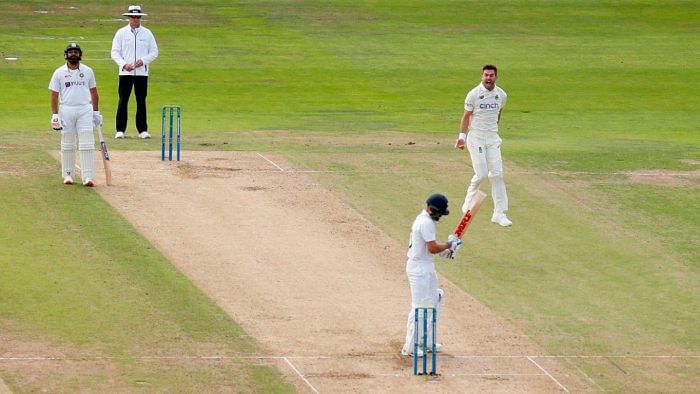
Long ago, when groundnut oil was Rs 2.50 a kilo, a Test cricket match lasted full six days, with a day off in between to give the 22 players, umpires and the spectators some rest. Then the off day was dropped and it became a nonstop five-day event.
Enter a businessman, Kerry Packer, who introduced the 60-over format that spilled on to the night. Sixty overs? Too many, felt a few who gave a 15+% discount and pruned it to 50 overs, now famous as one-day internationals.
Even that seemed longish, so an edited version of 20-20 quickies was thought of. These remained a rage because they were action-packed. However, this too was abridged. Now we have 100-ball matches.
Whatever be the thrill it provides, cricket is a game where a majority of players are engaged in non-productive action. Of the 11 batsmen, only two are out on the pitch at a given time and the rest will be cooling their heels in the dugout.
Each batsman who walks in takes guard afresh, including the 11th man! Taking guard is a sheer waste of time because the geographical position of the stumps remains the same. Why not mark the stumps too on the pitch, like the boldly visible crease, and save time?
There are other ways of wasting time too. Batsmen look for imaginary bumps on the pitch and spend time crushing them with the bat. Some tighten their gloves after each ball, making the bowler and the fielders wait. No one tightens the pads yet; if not this activity too would add to the wasted time.
Fast bowlers are the worst culprits. They have a long run-up before they fling the ball. For each ball, the bowler has to walk up to his bowling mark and run back the same distance to deliver the ball. During this time not only the batsman, the remaining 10 fielders just wait.
When the batsman hits only one fielder moves to gather the ball and the rest just watch. When the ball is left untouched by the batsman, the wicket-keeper alone has some work; ten other fielders are mute spectators.
In the dugout, while the two batsmen are out playing, their teammates are busy chatting. Add to this the breaks for drinks and lunch. Thank god! There is no break for a brief siesta for the ‘tired’ players.
Can you imagine non-action like this on the football or hockey or basketball field? No wonder my mentor Dr H Narasimhaiah used to say no developed country, which values time, plays cricket! Yet, I am a crazy fan, that’s the irony.